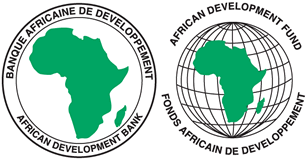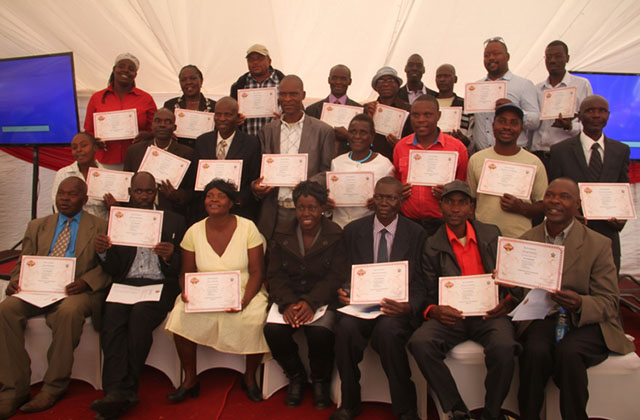Africa’s economy set to rebound in 2017

Business Reporter
AFRICAN governments need to integrate entrepreneurship more fully into their industrialisation strategies, according to the African Economic Outlook 2017 released by the Africa Development Bank Monday.In 2016, Africa’s economic growth slowed down to 2,2 percent from 3,4 percent in 2015 due to low commodity prices, weak global recovery and adverse weather conditions, which impacted on agriculture production in some regions.
However, it is expected to rebound to 3,4 percent in 2017 and 4,3 percent in 2018. This assumes that as commodity prices recover, the world economy will be strengthened and domestic macroeconomic reforms are entrenched.
In fact, there are promising developments across the continent. Africa’s growth increasingly relies on domestic sources, as shown by dynamic private and government consumption that combined, accounted for 60 percent of growth in 2016.
This growth also coincides with progress in human development: 18 African countries had achieved medium to high levels of human development by 2015. Finally, foreign direct investment, attracted by the continent’s emerging markets and fast urbanisation, stood at $56,5 billion in 2016 and is projected to reach $57 billion in 2017.
Such investment has diversified from the natural resources sector to construction, financial services, manufacturing, transport, electricity, and information and communication technology.
Still, progress remains uneven. African governments need to push their agenda for job creation with more ambitious and tailored policies. Despite a decade of progress, 54 percent of the population in 46 African countries are still trapped in poverty across multiple dimensions – health, education and living standards.
And demands for better employment opportunities are the main reason behind continued public protests, having motivated a third of all public demonstrations between 2014 and 2016 – albeit in a context of decreasing levels of civil unrest.
With the size of the workforce likely to increase by 910 million between 2010 and 2050, creating more and better jobs will remain the core challenge for African policy-makers.
To turn the challenge of higher population growth into an opportunity, making Africa’s new industrial revolution successful is paramount.
Twenty-six African countries today have an industrialisation strategy in place. But most of these strategies tend to emphasize the role of large manufacturing companies at the expense of entrepreneurs in sectors with the potential for high growth and employment creation, including start-ups and small and medium-sized firms.
Additionally, the advent of digital technologies and new business models is blurring the boundaries between manufacturing – which is now bouncing back at 11 percent of Africa’s GDP – and the services sector.
Industrialisation strategies thus need to support other sectors where African economies have comparative advantage, such as agri-businesses, tradable services and renewable energy. New strategies need to avoid dependence on businesses that are not environmentally friendly.
According to the Outlook, Africa has high untapped potential for entrepreneurship. In 18 African countries for which statistics are available, 11 percent of the working-age population set up their own firms to tap specific business opportunities.
This level is higher than in developing countries in Latin America (8 percent) and in Asia (5 percent).
However, few of them invest in high-growth sectors, grow to employ more workers or introduce innovations to markets. To turn their dynamism into an engine of industrialisation, African governments can improve the skills of workers enhance the efficiency of business clusters – such as industrial parks and special economic zones – and increase access to finance, with more affordable credit and more innovative instruments, for small and young firms.









Comments